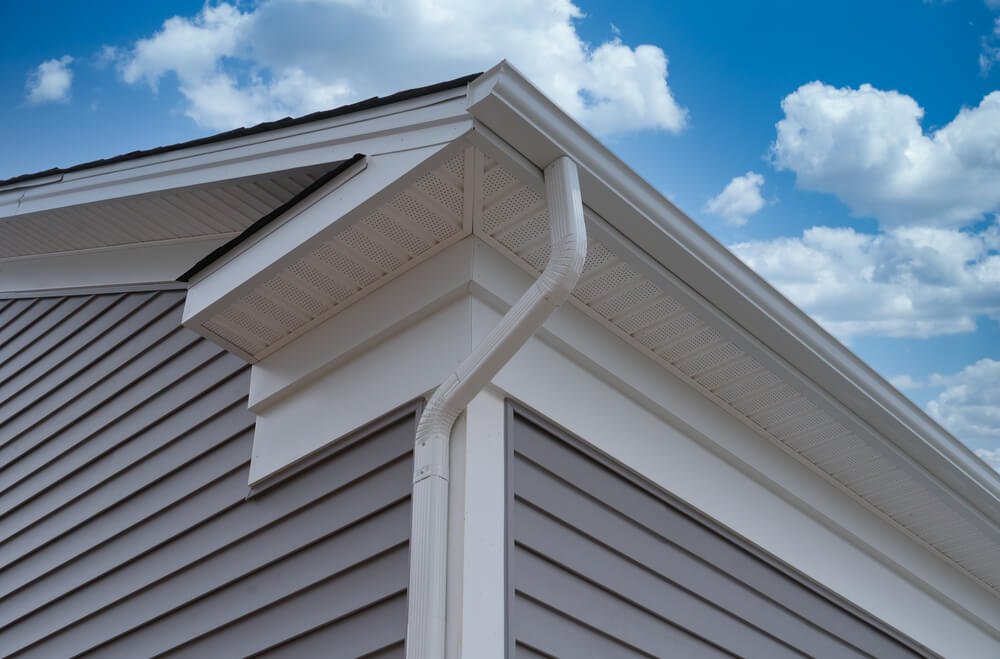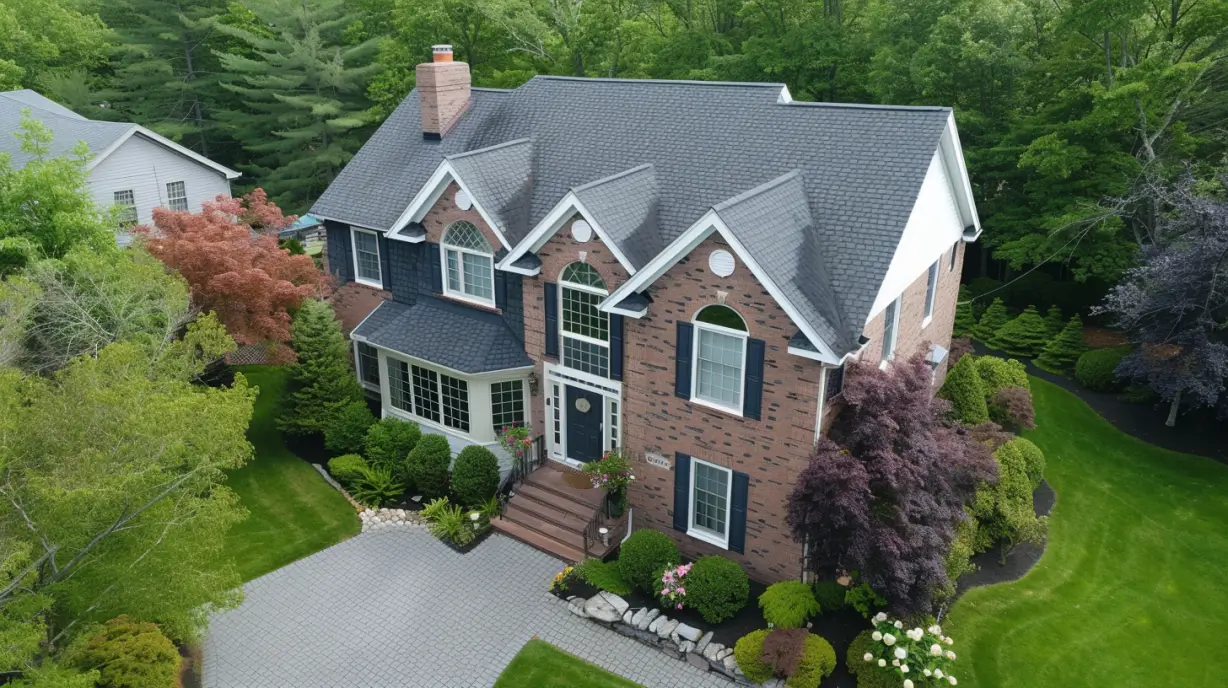
Do You Need A Drip Edge If You Have Gutters?
If you look at a picture of a drip edge and a gutter, you might not understand the difference. Both items do the exact same thing, keeping water away from your home, and it leads to some homeowners thinking about whether they need both. Despite their similar functions, a drip edge and a gutter have some differences, and it pays to understand them before you make a choice.
According to Tri-State Exteriors (https://www.tristatefortwayneroofing.com/), you do need a drip edge if you have gutters. Drip edges can only benefit your gutters and help them keep water away from your home. Drip edges often are required for most modern homes, and they are easy to install.
But since drip edges complement gutters, most people think that they only need one and not both. However, there’s a lot to know about drip edges and why they are necessary, even if you have gutters. Let’s take a look.
What Does A Drip Edge Do?
A drip edge is designed to send water away from your roof, so it doesn’t soak into the shingles. Water is very sticky on a molecular level, and cohesion means that water will stick to other water molecules and the surfaces they land on.
A drip edge allows the water to drip into the gutter by using gravity, and if you don’t have a gutter, then it still stops the water from clinging to your shingles.
Drip Edges, when positioned correctly, also help during storms. Heavy wind can move rain around on your roof, and it can cause problems for your roof. But if you have a drip edge that hangs off your roof, then it can help force the water down and away from your home.
Drip Edges and Gutters
While gutters are great on their own for moving water away from your home, pairing them with drip edges can help you keep your home free from standing water or water-based rot in the wood. This helps keep your roof looking nicer, longer, and pairing them with gutters provides a great defense.
Gutters are designed to catch water before it pools on your roof and causes standing water that attracts bugs and other animals. They also stop the water from pooling and sinking into your concrete and your home’s foundation. No one wants cracked concrete or water stains on their foundation, and gutters help to prevent that.
The best part is you can install the drip edges even if you have gutters on your home. You won’t have to worry about overlap or complicated installation, and you just need to make sure that the water flows directly into the gutter once it goes off the drip edge.
Different Types Of Drip Edge
Drip edges can be made from various materials, but all drip edges have to be corrosion resistant. Aluminum is one of the most common materials for drip edges, and while it isn’t as strong as steel, it is corrosion resistant and also comes in many colors that can match the rest of your home.
Galvanized steel is rustproof steel that can withstand both heavy water and heavy winds. Getting 24-gauge steel is the best type of steel for strength. Copper can also give your home a cool look while not compromising on the effectiveness of the drip edges.
Most drip edges come in two distinct shapes. The first is a classic L-shaped drip edge that is at a 90-degree angle, while the second type of drip edge is shaped like a T. The shape doesn’t really compromise the drip edge’s effectiveness, but the T-shaped drip edge is designed to keep water further away from the house with a deeper flange.
Where Does a Drip Edge Go?
Drip edges go at the edge of your roof, hanging off the sides so the water can drip down the edge and away from your fascia. You’ll want to peel back your roof underlayment and slide the drip edge underneath it before securing it to the edge of your home. If you do have gutters, then you’ll need to make sure the water can drip into the gutters and be carried away.
If the drip edge is too long, then the water will simply fall over your gutters and pool at the base of your home. Make sure to measure and figure out how to place your drip edge, so they compliment your gutters and help bring water into them.
Keeping Your Home Safe
Now that you know what a drip edge is, you should know that they complement your gutters and that they are needed to help keep your home safe from water leaks. If water isn’t directed away from your shingles and fascia, then leaks and wood rot can get into your roof.
For most homes, drip edges are required to protect your home from water damage, and they are needed whether you have gutters or not. A roof without a drip edge is only inviting water-based rot, leaks, and attracting animals into your home with standing water.
Drip edges are necessary, whether you have gutters or not, and they’ll only serve to keep defending your home. They are easy to install and only provide benefits for your home, so why wouldn’t you have them installed?








